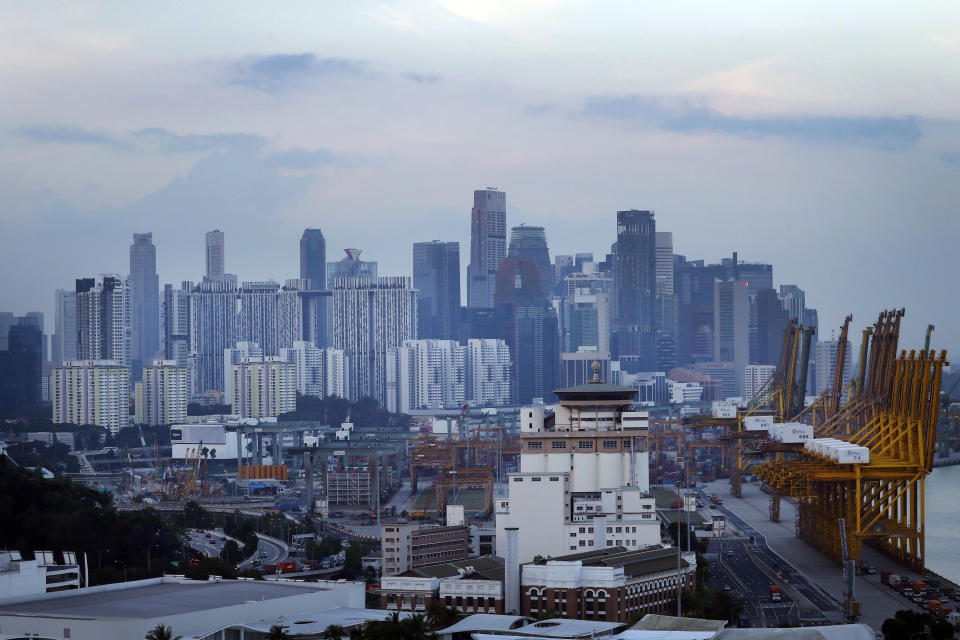Singapore’s Future Is Good, Not Great, Economists Estimate

By Michelle Jamrisko
Good, not great: That’s increasingly the economists’ take on Singapore’s longer-term prospects, from manufacturing to underlying growth.
Aging demographics and rising labor costs will weigh on the city-state, which focused on a significant manufacturing sector to support growth, economists said. Singapore stands out against a landscape of emerging Asia cities that are relying more and more on services to juice growth, according to an Oxford Economics Ltd. research note released Wednesday.
“The days when Singapore’s manufacturing competitiveness was self-evidently great are long over,” according to Oxford Economics. “Singapore’s manufacturing sector faces both rising competition within the region and a risk of rising labor costs” from an aging population and immigration restrictions.
While the Oxford economists see “modest” growth in manufacturing productivity through 2022, the sector’s employment will flat-line and exports probably will grow in line with world trade instead of outperforming.
The Oxford report follows a note earlier this week from analysts at DBS Group Holdings Ltd. in Singapore, outlining the longer-term challenges. Singapore will be “good, but no longer distinctive” through 2030, with unfavorable demographics holding down growth at about 2 percent to 2.5 percent, according to the DBS note, led by chief economist Taimur Baig.
That compares with an average 7.9 percent growth a year from 2018 to 2022 forecast for Ho Chi Minh City by Oxford economists. The city’s financial services is estimated to rise 10.6 percent and transport and communications 8.5 percent over the same period.
On the positive side, Baig and the DBS analysts do see growth-cushioning factors from the Singapore government’s healthy appetite for cutting-edge technologies, and in the potential to increase the share of exports to neighbors in the region, which has remained around 20 percent for the past 15 years, according to the note.
To contact the reporter on this story: Michelle Jamrisko in Singapore at mjamrisko@bloomberg.net To contact the editors responsible for this story: Nasreen Seria at nseria@bloomberg.net Karthikeyan Sundaram, Karl Lester M. Yap
© 2018 Bloomberg L.P

 Yahoo Finance
Yahoo Finance 